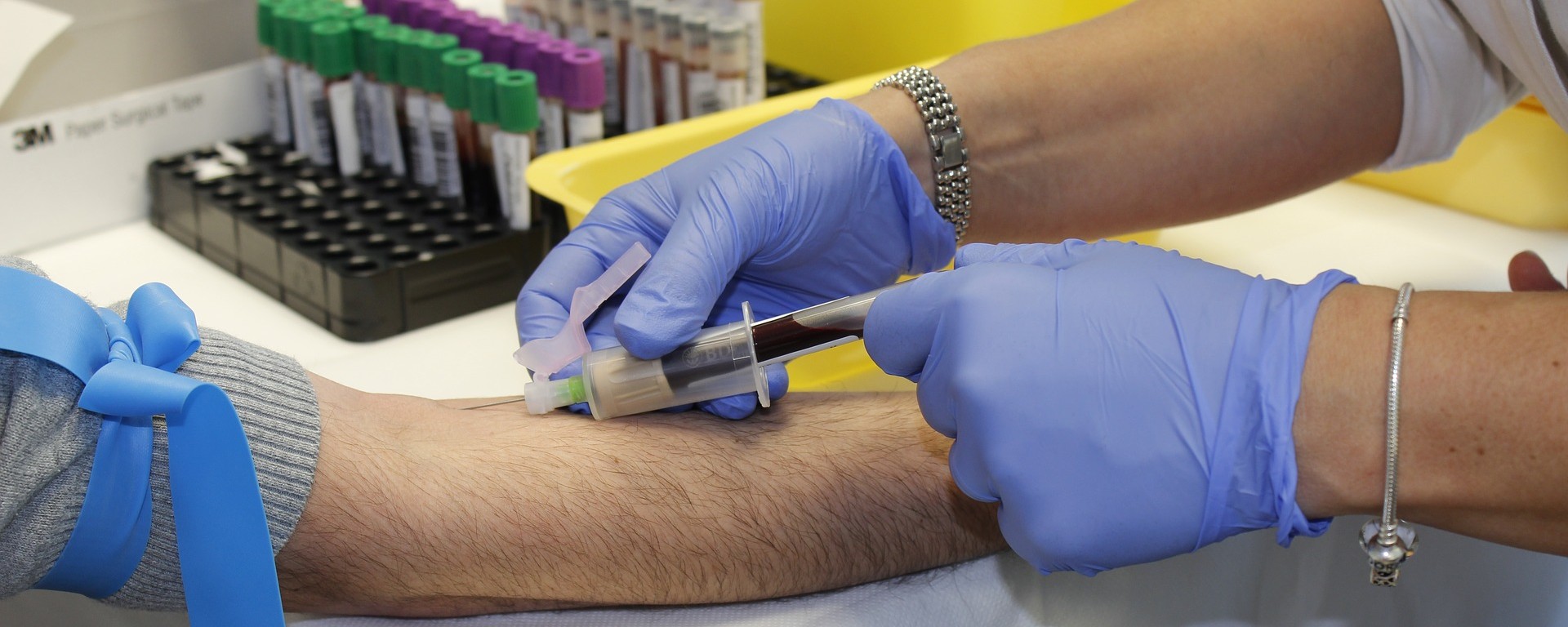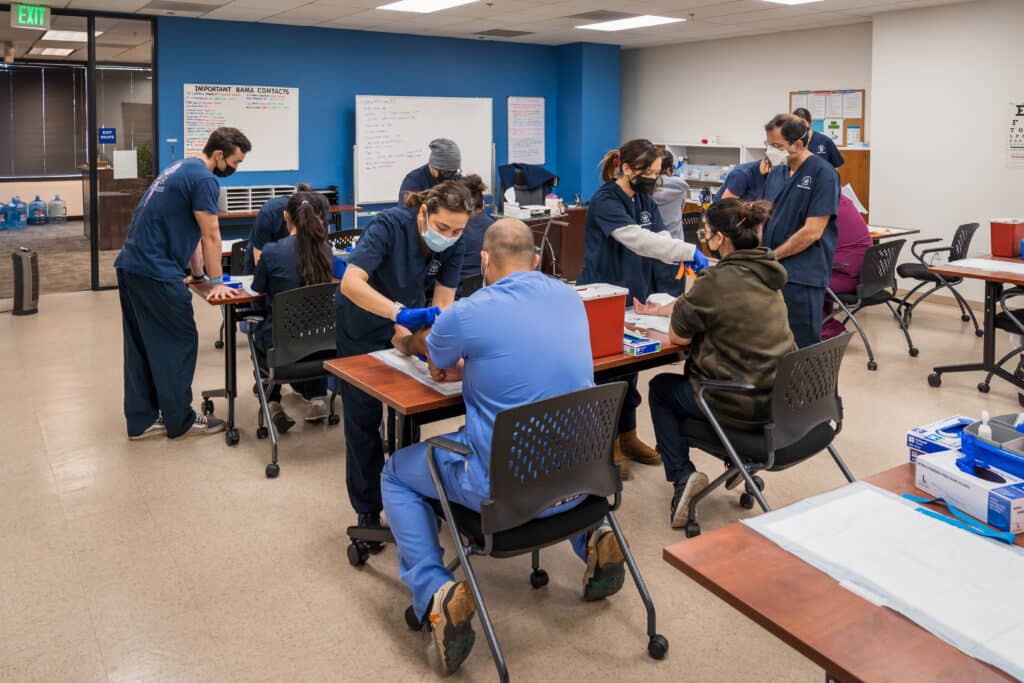The smart Trick of Northeast Medical Institute - New Haven Campus Phlebotomy Course & Cna Class That Nobody is Talking About
The smart Trick of Northeast Medical Institute - New Haven Campus Phlebotomy Course & Cna Class That Nobody is Talking About
Blog Article
Northeast Medical Institute - New Haven Campus Phlebotomy Course & Cna Class for Beginners
Table of ContentsThe Best Guide To Northeast Medical Institute - New Haven Campus Phlebotomy Course & Cna ClassThe Basic Principles Of Northeast Medical Institute - New Haven Campus Phlebotomy Course & Cna Class The Main Principles Of Northeast Medical Institute - New Haven Campus Phlebotomy Course & Cna Class 6 Easy Facts About Northeast Medical Institute - New Haven Campus Phlebotomy Course & Cna Class ShownNortheast Medical Institute - New Haven Campus Phlebotomy Course & Cna Class Can Be Fun For Everyone4 Easy Facts About Northeast Medical Institute - New Haven Campus Phlebotomy Course & Cna Class Described
The usage of such gadgets must be accompanied by various other infection prevention and control practices, and training in their use. Not all safety tools are applicable to phlebotomy. Before picking a safety-engineered tool, users should extensively examine available devices to establish their suitable use, compatibility with existing phlebotomy techniques, and efficacy in safeguarding team and individuals (12, 33).For settings with reduced resources, expense is a driving consider procurement of safety-engineered devices - CNA Courses. Where safety-engineered devices are not readily available, proficient use a needle and syringe serves. Unintentional exposure and certain information regarding an incident need to be recorded in a register. Assistance solutions need to be promoted for those that undergo unintentional exposure.
In the blood-sampling room for an outpatient department or clinic, provide a comfortable reclining sofa with an arm remainder.
The Only Guide to Northeast Medical Institute - New Haven Campus Phlebotomy Course & Cna Class
Make certain that the indicators for blood tasting are plainly specified, either in a written method or in recorded instructions (e.g. in a research laboratory type). Gather all the equipment required for the procedure and location it within safe and easy reach on a tray or cart, making certain that all the things are plainly noticeable.
Where the client is grown-up and aware, comply with the actions detailed listed below. Present on your own to the person, and ask the client to specify their complete name. Inspect that the lab type matches the person's identification (i.e. match the client's information with the lab kind, to ensure exact recognition). Ask whether the patent has allergic reactions, phobias or has actually ever before collapsed throughout previous shots or blood draws.
Make the person comfy in a supine placement (preferably). Location a clean paper or towel under the patient's arm. Discuss the test to be carried out (see Annex F) and obtain verbal approval. The individual has a right to decline a test at any moment before the blood tasting, so it is essential to make sure that the individual has understood the treatment.
The 9-Minute Rule for Northeast Medical Institute - New Haven Campus Phlebotomy Course & Cna Class
Extend the individual's arm and inspect the antecubital fossa or forearm. Locate a capillary of an excellent size that is visible, straight and clear. More Bonuses The layout in Area 2.3, shows typical settings of the vessels, however several variations are possible. The median cubital vein lies in between muscles and is usually the most easy to pierce.
DO NOT insert the needle where capillaries are drawing away, due to the fact that this increases the chance of a haematoma. The capillary must show up without applying the tourniquet. Finding the vein will assist in establishing the proper dimension of needle. Use the tourniquet concerning 45 finger sizes over the venepuncture site and re-examine the vein.
Samplings from central lines lug a threat of contamination or incorrect laboratory examination results. It is acceptable, yet not perfect, to attract blood specimens when very first introducing an in-dwelling venous gadget, prior to connecting the cannula to the intravenous liquids.
The Best Strategy To Use For Northeast Medical Institute - New Haven Campus Phlebotomy Course & Cna Class
Failing to permit adequate get in touch with time boosts the threat of contamination. DO NOT touch the cleansed site; in certain, DO NOT position a finger over the vein to lead the shaft of the revealed needle.
Ask the person to create a clenched fist so the veins are more popular. Enter the vein promptly at a 30 degree angle or less, and continue to introduce the needle along the vein at the easiest angle of access - CNA Classes. Once enough blood has actually been accumulated, release the tourniquet BEFORE withdrawing the needle
Some Known Factual Statements About Northeast Medical Institute - New Haven Campus Phlebotomy Course & Cna Class
Withdraw the needle gently and apply gentle stress to the site with a clean gauze or completely dry cotton-wool ball. Ask the person to hold the gauze or cotton wool in position, with the arm extended and increased. Ask the person NOT to flex the arm, since doing so creates a haematoma.

The 45-Second Trick For Northeast Medical Institute - New Haven Campus Phlebotomy Course & Cna Class
Do not press the syringe plunger due to the fact that additional pressure increases the risk of haemolysis. Where feasible, maintain the tubes in a rack and move the shelf in the direction of you. Inject downwards into the suitable coloured stopper. DO NOT eliminate the stopper because it will release the vacuum. If the sample tube does not have a rubber stopper, infuse incredibly slowly into the tube as reducing the pressure and velocity used to move the specimen decreases the danger of haemolysis.

Report this page